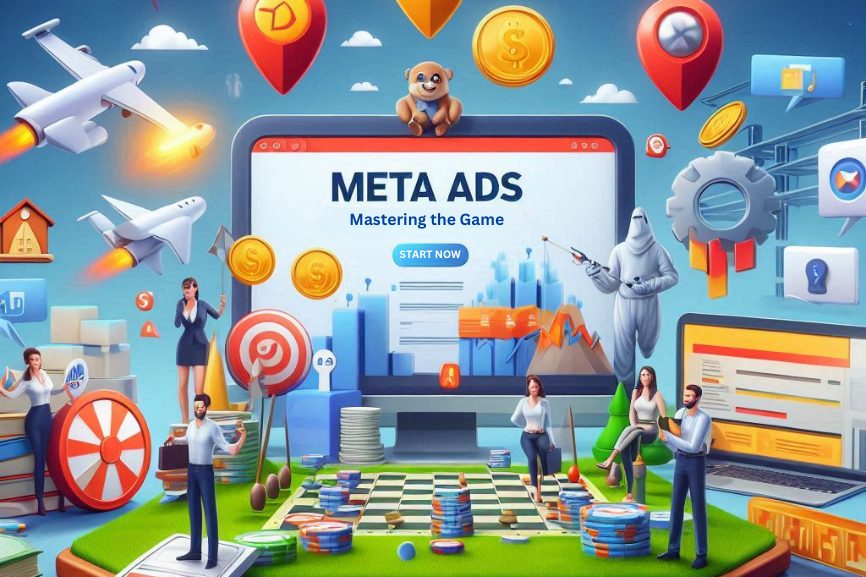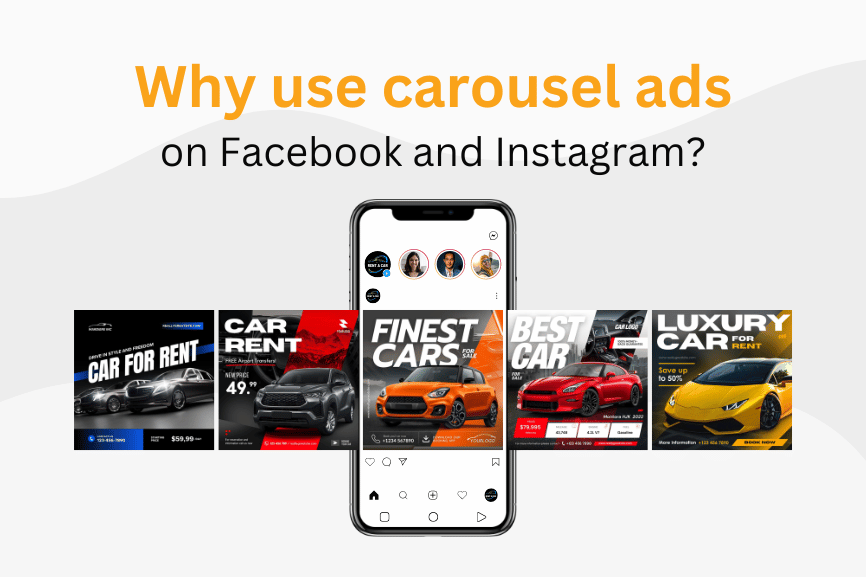Stuck in a Routine That Doesn’t Deliver? It’s Time to Embrace Digital Marketing Services
Is your business stuck in a routine that no longer delivers results? If so, you’re not alone. Many businesses repeat the same strategies year after year. Unfortunately, this often leads to stagnation instead of growth. As a result, it may be time to rethink your approach. Digital marketing services could be the key to getting back on track. Why Digital Marketing Services Are Essential for Business Growth Routine brings comfort. However, in business, it can also lead to complacency. Doing the same thing without seeing progress is a clear sign that change is needed. Markets evolve, customer behavior shifts, and digital trends move fast. Therefore, your strategy should, too. How Digital Marketing Services Can Transform Your Brand Refreshing your brand and embracing new tools can have a huge impact. For example, a strong digital marketing strategy helps you move away from outdated methods. In addition, it connects you with your audience in more effective ways. Here’s how VICORPORATE’s digital marketing services can help: Social Media ManagementKeep your brand active and engaging on the platforms your customers use. We create content that speaks your language—and theirs. Targeted AdvertisingDon’t waste your budget on broad campaigns. Instead, our data-driven ads reach the right people at the right time. This turns interest into action. Search Engine Optimization (SEO)A great website won’t help if no one finds it. Therefore, our SEO strategies ensure you rank higher in search results. More visibility means more traffic and better opportunities. Why Now Is the Perfect Time to Invest in Digital Marketing Services Innovation isn’t just for tech startups. In fact, it’s for any business ready to grow. Whether you serve a local market or a national audience, you need modern digital tools. These strategies can boost momentum and open new opportunities. Get Started with VICORPORATE’s Digital Marketing Services Don’t let outdated routines hold you back. Instead, let VICORPORATE’s digital marketing services align with your goals. We drive results and help businesses thrive in a digital world. Let’s transform your routine into results.Contact VICORPORATE today and explore how our tailored digital marketing services can take your business to the next level.
Stuck in a Routine That Doesn’t Deliver? It’s Time to Embrace Digital Marketing Services Read More »











